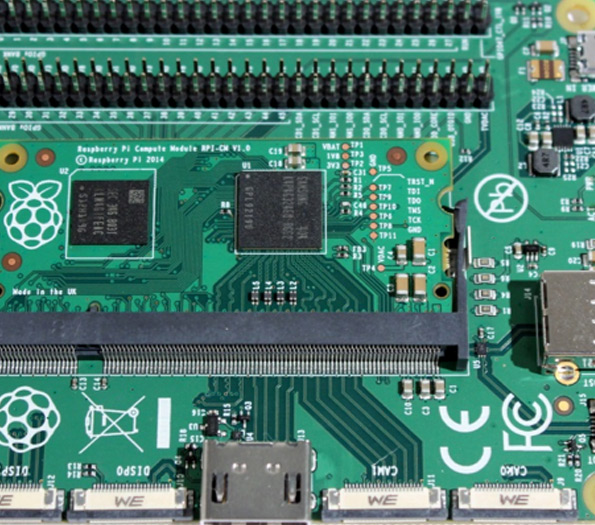

The Unique Benefits of Tempered Glass A Comprehensive Overview
Tempered glass, also known as toughened glass, has become a material of choice across various industries due to its superior strength and safety features. Unlike regular glass, tempered glass undergoes a special heating and cooling process, making it significantly stronger and more resistant to thermal stress. This article explores the unique benefits of tempered glass and its applications in modern architecture, safety, and design.
Enhanced Strength and Durability
One of the most significant advantages of tempered glass is its enhanced strength. The tempering process involves heating glass to over 600 degrees Celsius, followed by rapid cooling. This technique increases the glass's resistance to impact and makes it up to five times stronger than standard glass of the same thickness. As a result, tempered glass is ideal for use in areas subjected to high levels of stress or impact, such as in high-rise buildings, storefronts, and glass partitions.
Safety Features
Safety is arguably one of the most crucial attributes of tempered glass. In the event of breakage, tempered glass shatters into small, blunt pieces rather than sharp shards, reducing the risk of serious injury. This characteristic makes it an excellent choice for applications such as shower doors, glass railings, and doors in residential and commercial buildings. Furthermore, many building codes and safety regulations require the use of tempered glass in specific locations, particularly in areas prone to impacts or where human contact is likely.
Thermal Resistance
Tempered glass is designed to withstand extreme temperature fluctuations. The processes it undergoes enhance its thermal stability, allowing it to endure significant changes in temperature without cracking. This property is particularly beneficial in environments where direct sunlight and heat exposure can create thermal stress. For example, tempered glass is commonly used in facades and skylights of buildings located in regions with drastic temperature variations.

Versatility in Design
In addition to its strength and safety features, tempered glass offers exceptional versatility in design. It can be manufactured in various shapes, sizes, and finishes, allowing architects and designers to create stunning aesthetics without compromising on safety. The clarity and transparency of tempered glass provide a seamless look, enhancing the overall beauty of any structure. Moreover, it can be treated with different coatings for additional functionalities, such as UV protection or heat reflection, making it suitable for various applications, from residential homes to commercial settings.
Energy Efficiency
With the growing emphasis on sustainability, tempered glass also provides energy efficiency benefits. Modern tempered glass can be treated to include low-emissivity (Low-E) coatings that improve insulation. This treatment minimizes the amount of heat transfer, helping to regulate indoor temperatures and reduce energy costs. Consequently, buildings utilizing energy-efficient tempered glass contribute to reduced energy consumption and a lower carbon footprint.
Cost-Effectiveness
While the initial investment for tempered glass might be higher than that of traditional glass, the long-term cost-effectiveness should not be overlooked. Due to its durability, reduced likelihood of breakage, and energy efficiency, tempered glass can save homeowners and businesses money in repair and energy bills over time. Additionally, its aesthetic appeal can increase property value, making it an attractive option for both commercial and residential applications.
Conclusion
In summary, tempered glass is an exceptional material that combines strength, safety, thermal resistance, and aesthetic versatility. Its applications span various fields, from architecture to automotive industries, highlighting its importance in modern design and construction. As we move towards more sustainable practices, the advantages of tempered glass make it a smart choice for those looking to enhance both the safety and beauty of their surroundings. Whether used in a skyscraper or a private home, tempered glass stands out as a material that embodies the perfect balance of functionality and elegance. With its numerous benefits, it is no surprise that tempered glass continues to gain popularity across the globe.